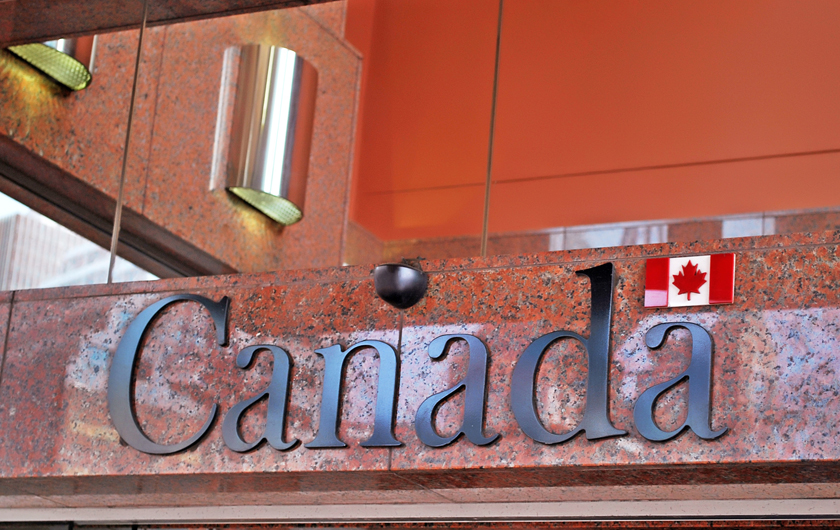Benefits will become available to contract and gig workers
By Erika Morris
Canadians who relied on the Canada Emergency Response Benefit (CERB) over the last few months will be transitioning to Employment Insurance (EI) as the pandemic relief program wraps up this fall. A new program will be implemented for contract and gig workers who don’t qualify for EI.
Prime Minister Justin Trudeau said in a press conference on July 31 that “no one will be left behind.” He said EI premiums won’t see any increase for now, either.
Employment Minister Carla Qualtrough said that the EI system is tested and ready to go. The government expects to see about four million applications come September. The last round of CERB payments ends September 26.
CERB was created in part because Canada’s Employment Insurance couldn’t take on the sheer volume of applicants mid-March. Many Canadians wouldn’t have qualified for benefits through the previous program, either. Qualtrough stressed that the government has since worked out simpler and more efficient ways of processing unemployment claims and expanded eligibility requirements.
Trudeau said at the press conference that every Canadian looking for work should be covered by one of the EI programs, and the updated framework will allow people to work more hours while still receiving the benefits. This system is also prepared to operate in case of a second wave.
The feds say Canada is now out of the pandemic’s emergency phase and entering a recovery phase. Though many Canadians are still facing unemployment, the government is moving to a system that can better monitor whether people are looking for work. The government extended the wage subsidy program until December and the Canada Emergency Commercial Rent Assistance until the end of August to incentivize a return to work.
The government will also be launching a sickness and caregivers benefit. The benefit will be a safety net for people who either contract the virus or have a family member who does.
Photo: iStock/Catrin Haze.






